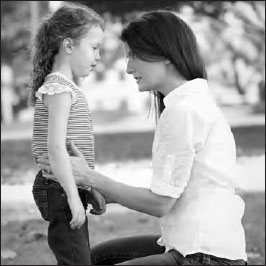Psychological Development Across the LifespanSchool Age Children (6–11) |
How do peer relations change in the school-age years? |
Peer relationships take on much greater importance in the school-age years than at any earlier point in childhood. Children develop enduring and close friendships that can last into adulthood. Children understand the concept of behavioral patterns and choose friends according to their personality traits, how they behave over time.
This is where children with poor social skills can run into trouble. While disruptive children may be off-putting in early childhood, the social impact is transient and can be easily rectified. Every day is a new day. In middle childhood, however, such behavior can have a detrimental impact on the child’s ability to form and maintain friendships, which can have long lasting effects on the child’s self-esteem.
Additionally, children are now relating to other children as part of a social group and not simply on a one-to-one basis. School-age children must therefore begin to negotiate the complexities of group dynamics. Such issues include in-groups and out-groups, group hierarchy and social status, leaders and followers, and conformity and resistance to group norms. Although such issues will be sharply accentuated in adolescence, they are first encountered during the school-age years.

